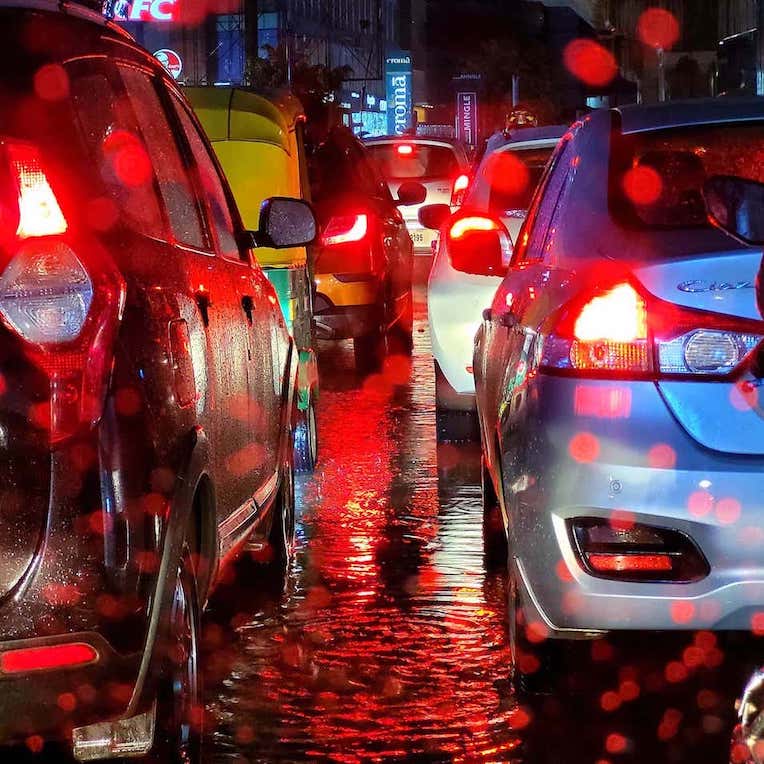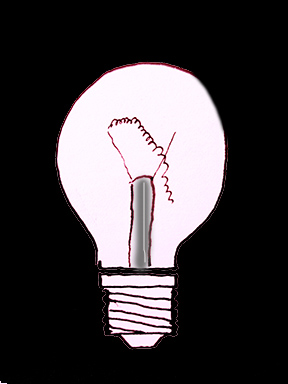The ’60s was a time when resources were ‘unlimited’ and progress was unabated and was measured by industrial development. But today, the scenario seems to have changed. Years of technological development, mass production and our collective consumption has impacted our finite and dwindling natural resources and climate on earth.
What is the need for sustainable design?
Design, by definition, is about creation and pushing boundaries. But how often have we, at the time of creation, investigated the long-term impact and consequences of what we have created. The design may be as culpable as science, technology, and industry in causing the gradual erosion of our ecosystem. Over the years, the relationship between business and design to provide products and services has evolved from a conscious, need-based one to an indulgence inducing, excessive consumption-based one.
Along with the 4 R’s, sustainability and green technology have also become the buzzword of our times. Sustainability is about how well connected we are to our ecosystem and how much of a steady-state we maintain by being one with it. Today, many business practices seem to hide behind these amorphous and often vacuous words, which loosely imply that we care about the environment. Whether it is plastic bags, packaged water bottles or the automobile and information technologies, these have originated as solutions that improved life. Yet, over time these once-great ideas are today the harbinger of dystopian times and are no more sustainable solutions.





 Janak Mistry is the Design Principal at Srishti Manipal Institute of Art, Design and Technology, Bengaluru (A constituent of Manipal Academy of Higher Education, Manipal).
Janak Mistry is the Design Principal at Srishti Manipal Institute of Art, Design and Technology, Bengaluru (A constituent of Manipal Academy of Higher Education, Manipal).